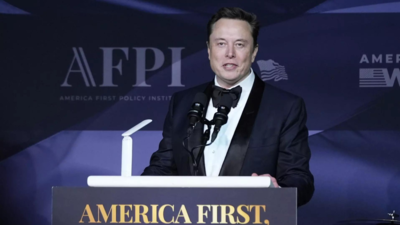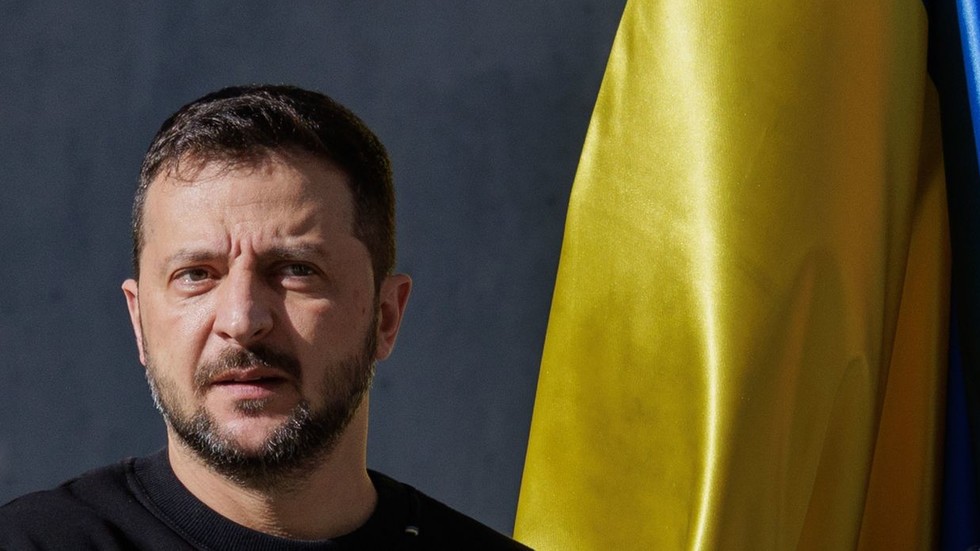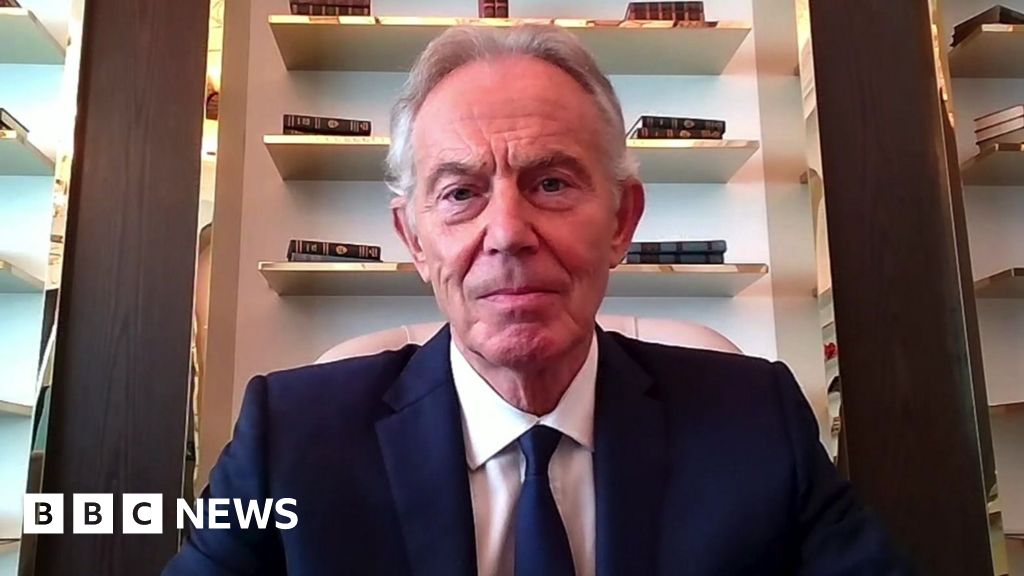
On a Saturday morning in December 2022, Elon Musk summoned finance executives at Twitter, which he had bought six weeks earlier, to a conference call. Then he drilled into a spreadsheet that contained the social media company's expenditures.
Musk was angry, three people who were on the call said. Even though Twitter had just shed more than three-quarters of its employees - leaving it with just over 1,500 workers, down from nearly 8,000 - the company's spending still appeared to be out of control, the billionaire told attendees.
Over the next six hours, Musk read out the spreadsheet line by line and asked workers to account for each item. He ordered some items - such as car services for executives - to be cut. At one point, he confronted an employee who was responsible for a multimillion-dollar contract related to website security and said his electric vehicle company, Tesla, spent far less on the same task. After the employee pushed back, Musk said she was no longer with Twitter.
Frugal to a fault, the 53-year-old has been intimately involved in hacking down budgets at his companies, including Tesla, SpaceX and Twitter, which he renamed X. Perhaps most importantly, Musk has been unsentimental about the cuts, paying little regard to conventions. "He used to be a deity," said Jim Cantrell, SpaceX's first VP of business development. "But you know he's a business guy. He wants to cut everything to the bone."
Now Musk, with a net worth over $307 billion, is set to take his economising tactics to the federal govt. At a Trump rally in Oct, Musk promised to eliminate $2 trillion, or 30%, from the annual US budget.
From his earliest days as a tech entrepreneur, Musk was allergic to costs. In 1995, after establishing his first business in Silicon Valley - a software company for newspapers called Zip2 - he slept in the office to avoid paying for an apartment and showered at a nearby YMCA.
At SpaceX, he stripped out unnecessary components from rocket parts, simplifying them in a way that made them cheaper and faster to manufacture. Cantrell said he had once told Musk that the fuel tanks on the first rockets would cost $1 million or more. "It so offended Elon," Cantrell said. SpaceX ultimately bought rolls of steel and welded pieces to build its own tanks for a few hundred thousand dollars.
In 2010, SpaceX launched its Falcon 9 rocket, which costs about $550 million in inflation-adjusted dollars to manufacture. It is used for all of SpaceX's commercial launches. Nasa has estimated that the same system would have cost it as much as $4 billion to build. Musk's frugality not only saved SpaceX money but also created a commercial space boom. Getting a kilogram of cargo to orbit today costs about $2,600, compared with $65,000 on now-retired Nasa shuttle.
At Tesla, his low-cost tactics helped make the company's electric vehicles profitable, while rivals lose money on every EV they sell.

 4 days ago
7
4 days ago
7









